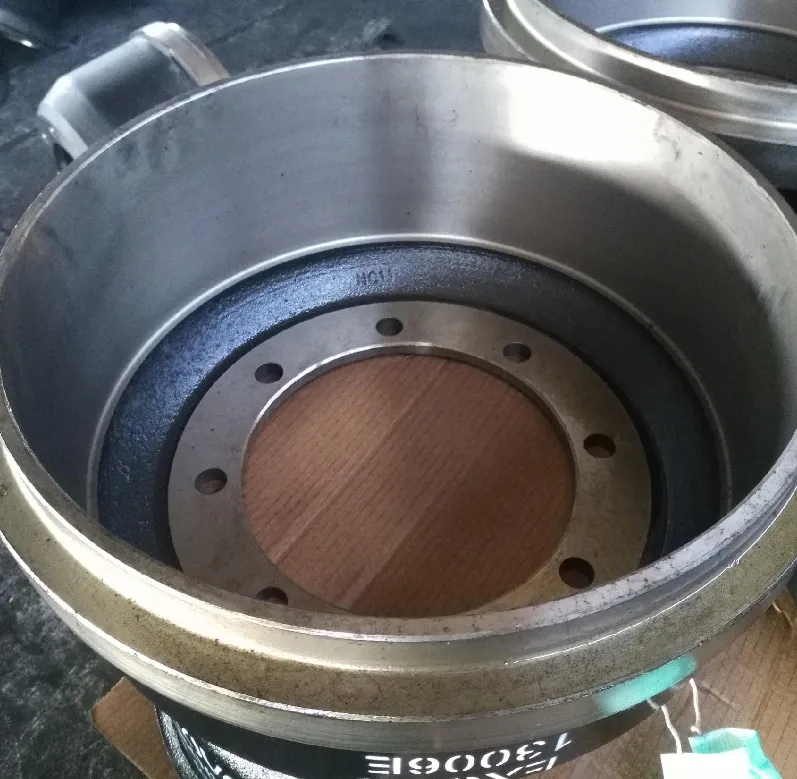
-
 Afrikaans
Afrikaans -
 Albanian
Albanian -
 Amharic
Amharic -
 Arabic
Arabic -
 Armenian
Armenian -
 Azerbaijani
Azerbaijani -
 Basque
Basque -
 Belarusian
Belarusian -
 Bengali
Bengali -
 Bosnian
Bosnian -
 Bulgarian
Bulgarian -
 Catalan
Catalan -
 Cebuano
Cebuano -
 Corsican
Corsican -
 Croatian
Croatian -
 Czech
Czech -
 Danish
Danish -
 Dutch
Dutch -
 English
English -
 Esperanto
Esperanto -
 Estonian
Estonian -
 Finnish
Finnish -
 French
French -
 Frisian
Frisian -
 Galician
Galician -
 Georgian
Georgian -
 German
German -
 Greek
Greek -
 Gujarati
Gujarati -
 Haitian Creole
Haitian Creole -
 hausa
hausa -
 hawaiian
hawaiian -
 Hebrew
Hebrew -
 Hindi
Hindi -
 Miao
Miao -
 Hungarian
Hungarian -
 Icelandic
Icelandic -
 igbo
igbo -
 Indonesian
Indonesian -
 irish
irish -
 Italian
Italian -
 Japanese
Japanese -
 Javanese
Javanese -
 Kannada
Kannada -
 kazakh
kazakh -
 Khmer
Khmer -
 Rwandese
Rwandese -
 Korean
Korean -
 Kurdish
Kurdish -
 Kyrgyz
Kyrgyz -
 Lao
Lao -
 Latin
Latin -
 Latvian
Latvian -
 Lithuanian
Lithuanian -
 Luxembourgish
Luxembourgish -
 Macedonian
Macedonian -
 Malgashi
Malgashi -
 Malay
Malay -
 Malayalam
Malayalam -
 Maltese
Maltese -
 Maori
Maori -
 Marathi
Marathi -
 Mongolian
Mongolian -
 Myanmar
Myanmar -
 Nepali
Nepali -
 Norwegian
Norwegian -
 Norwegian
Norwegian -
 Occitan
Occitan -
 Pashto
Pashto -
 Persian
Persian -
 Polish
Polish -
 Portuguese
Portuguese -
 Punjabi
Punjabi -
 Romanian
Romanian -
 Russian
Russian -
 Samoan
Samoan -
 Scottish Gaelic
Scottish Gaelic -
 Serbian
Serbian -
 Sesotho
Sesotho -
 Shona
Shona -
 Sindhi
Sindhi -
 Sinhala
Sinhala -
 Slovak
Slovak -
 Slovenian
Slovenian -
 Somali
Somali -
 Spanish
Spanish -
 Sundanese
Sundanese -
 Swahili
Swahili -
 Swedish
Swedish -
 Tagalog
Tagalog -
 Tajik
Tajik -
 Tamil
Tamil -
 Tatar
Tatar -
 Telugu
Telugu -
 Thai
Thai -
 Turkish
Turkish -
 Turkmen
Turkmen -
 Ukrainian
Ukrainian -
 Urdu
Urdu -
 Uighur
Uighur -
 Uzbek
Uzbek -
 Vietnamese
Vietnamese -
 Welsh
Welsh -
 Bantu
Bantu -
 Yiddish
Yiddish -
 Yoruba
Yoruba -
 Zulu
Zulu
disc brake drum brake
Disc Brakes vs. Drum Brakes A Comprehensive Comparison
When it comes to automotive braking systems, two primary types dominate the landscape disc brakes and drum brakes. Each system has its unique characteristics, advantages, and disadvantages that make them suitable for different applications within the automotive industry. Understanding the differences between these two types of brakes can help consumers make informed decisions when purchasing vehicles or upgrading their braking systems.
Disc Brakes Overview and Advantages
Disc brakes consist of a flat, circular disc mounted to the wheel hub and a caliper that houses the brake pads. When the driver applies the brakes, hydraulic pressure activates the caliper, forcing the pads against the disc to create friction, which ultimately slows down or stops the vehicle.
One of the primary advantages of disc brakes is their superior performance in heat dissipation. The open design allows for greater airflow, enabling the disc to cool down more effectively than a drum brake. This characteristic makes disc brakes less prone to brake fade, a phenomenon that occurs when brakes overheat and lose effectiveness. Consequently, vehicles equipped with disc brakes often exhibit better performance during high-speed driving and in demanding conditions, such as during heavy braking or on downhill slopes.
Additionally, disc brakes provide better resistance to water, mud, and debris. The exposure of the disc allows moisture to evaporate quickly, maintaining effective braking performance even in wet conditions. This quality makes disc brakes ideal for performance vehicles and those driven in diverse environmental conditions.
Drum Brakes Overview and Advantages
disc brake drum brake

In contrast, drum brakes utilize a cylindrical drum that rotates with the wheel. Inside the drum, there are brake shoes that press outward against the drum’s inner surface when the brakes are applied. This design produces the necessary friction to slow down or halt the vehicle.
One of the significant advantages of drum brakes is their cost-effectiveness. The manufacturing and installation of drum brake systems are generally less expensive than their disc counterparts. Consequently, they are often found in more economical vehicles, making them an attractive option for manufacturers looking to keep costs down.
Drum brakes also have a self-energizing effect, meaning that the design can somewhat amplify the braking force when the brake shoes are pressed against the drum. This can lead to effective stopping power, especially in lower-speed applications. Additionally, drum brakes tend to be more effective than disc brakes in certain situations, such as parking brake applications, as they can hold the vehicle in place better than simple disc systems.
Conclusion Choosing Between Disc and Drum Brakes
Ultimately, the choice between disc and drum brakes often boils down to specific needs and preferences. Disc brakes are generally favored for their superior heat dissipation, responsiveness, and performance under demanding conditions, making them ideal for high-performance and luxury vehicles. On the other hand, drum brakes offer a more cost-effective solution suitable for everyday driving, particularly in economy cars and older models.
As technology advances, hybrid systems that incorporate both types of brakes are becoming more common, taking advantage of the strengths of each system. Understanding the differences between disc and drum brakes empowers consumers to make informed decisions based on their driving habits, vehicle requirements, and budget constraints. Whether you prioritize performance or cost, there is a braking solution to meet your needs.
-
What Are Drum BrakesNewsJul.07,2025
-
Understanding Brake Drum MaterialNewsJul.07,2025
-
Semi-Trailer Brake Drum: A Key Component for Extreme Loads and Long-Distance TransportNewsJul.07,2025
-
Drum Brake Pads for SaleNewsJul.07,2025
-
Brake Drums for SaleNewsJul.07,2025
-
Brake Drum ManufacturerNewsJul.07,2025
-
Aluminum Brake Drums: The Future of High-Performance CarsNewsJul.07,2025
